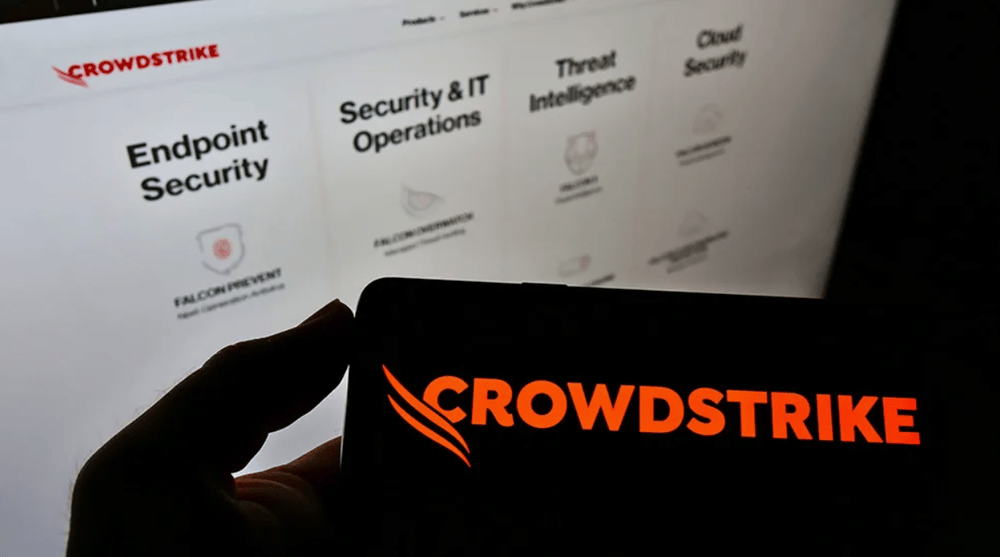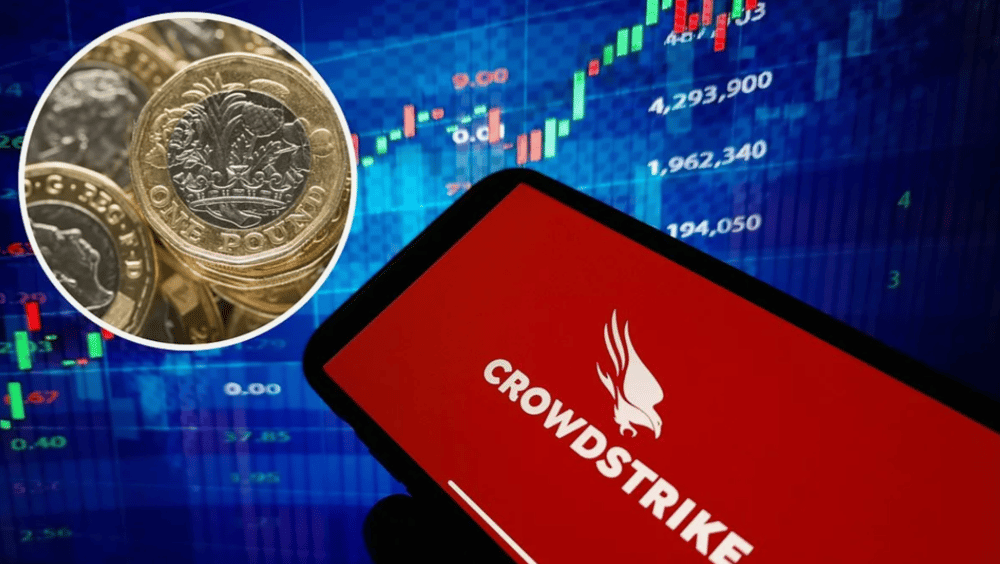CrowdStrike Q2 Revenue Outlook Misses Wall Street Estimates Amid Cybersecurity Spending Cuts
CrowdStrike $CRWD, a leading cybersecurity company specializing in cloud-native endpoint protection, has forecasted second-quarter revenue below Wall Street expectations. This development reflects a notable reduction in government and enterprise spending on cybersecurity products, signaling shifts in budget priorities amid macroeconomic pressures. The market responded negatively, with CrowdStrike shares falling 5.7% in after-hours trading following the announcement on Tuesday.
Despite the persistent increase in cyber threats—particularly ransomware attacks—the combination of rising interest rates and ongoing inflation has compelled many organizations to curtail technology expenditures. This paradox highlights the tension between escalating cybersecurity risks and constrained IT budgets.
Economic Headwinds and Their Impact on Cybersecurity Demand
CrowdStrike’s downward revision of its Q2 revenue guidance underscores the broader impact of tightening monetary policy on corporate technology investments. Higher interest rates increase borrowing costs, while inflationary pressures erode purchasing power, prompting cautious spending among government agencies and private enterprises alike.
The cybersecurity sector, while critical, is not immune to these macroeconomic constraints. Despite an alarming rise in ransomware incidents and other cyberattacks, budget restrictions have led to a slowdown in procurement of cybersecurity solutions. CrowdStrike, with its cloud-native platform designed to offer real-time threat intelligence and automated protection, faces the challenge of balancing robust market demand against customers’ reduced spending capacity.
This trend may indicate a temporary market adjustment rather than a decline in the intrinsic need for cybersecurity technologies. However, it also raises questions about potential delays in cybersecurity infrastructure upgrades, potentially increasing organizational vulnerability in the short term.

Key Facts
CrowdStrike projected Q2 revenue below analyst estimates.
Government and enterprise cybersecurity spending is declining.
CrowdStrike shares dropped 5.7% after-hours on Tuesday.
Rising interest rates and persistent inflation pressured IT budgets.
Increased cyber threats, including ransomware, continue globally.
CrowdStrike’s cloud-native security platform faces demand slowdown.
Market Reactions and Industry Implications
The sharp decline in CrowdStrike’s share price reflects investor concern over reduced visibility into near-term growth amid a cautious spending environment. Analysts are closely monitoring whether this revenue forecast signals a sector-wide trend or is specific to CrowdStrike’s customer base and sales cycles.
Industry commentators suggest that while cybersecurity remains a critical priority, organizations may prioritize immediate operational costs over long-term security investments during periods of economic uncertainty. This cautious approach could inadvertently heighten exposure to cyber risks.
On the positive side, CrowdStrike’s cloud-based model offers scalability and operational efficiency, which may appeal to budget-conscious customers looking to optimize costs while maintaining essential protections. The company’s ongoing innovation in AI-powered threat detection could provide a competitive edge as demand eventually rebounds.

Key Takeaways
CrowdStrike’s Q2 revenue forecast fell short of Wall Street estimates due to spending cuts.
Macroeconomic factors like inflation and higher interest rates are curbing technology budgets.
Persistent ransomware threats intensify demand for cybersecurity despite spending constraints.
Market reaction included a 5.7% drop in CrowdStrike’s share price post-announcement.
Cloud-native and AI-driven security solutions may help mitigate demand volatility.
The Significance of CrowdStrike’s Revenue Outlook in the Current Cybersecurity Landscape
CrowdStrike’s revised Q2 revenue outlook highlights the complex interplay between macroeconomic challenges and the growing imperative for robust cybersecurity defenses. Although fiscal tightening has led to reduced spending, the increasing frequency and sophistication of cyberattacks maintain cybersecurity as a critical priority for governments and businesses worldwide.
The company’s market performance and strategic focus on cloud-native, AI-enhanced security tools position it well for a recovery once economic pressures ease. In the meantime, the sector faces a cautious environment where innovation and cost-efficiency will be key drivers for sustaining growth.















Comments
Such a transaction could be a turning point for automation across the tech industry
Redefining automation today could unlock new efficiencies and reshape industry standards tomorrow